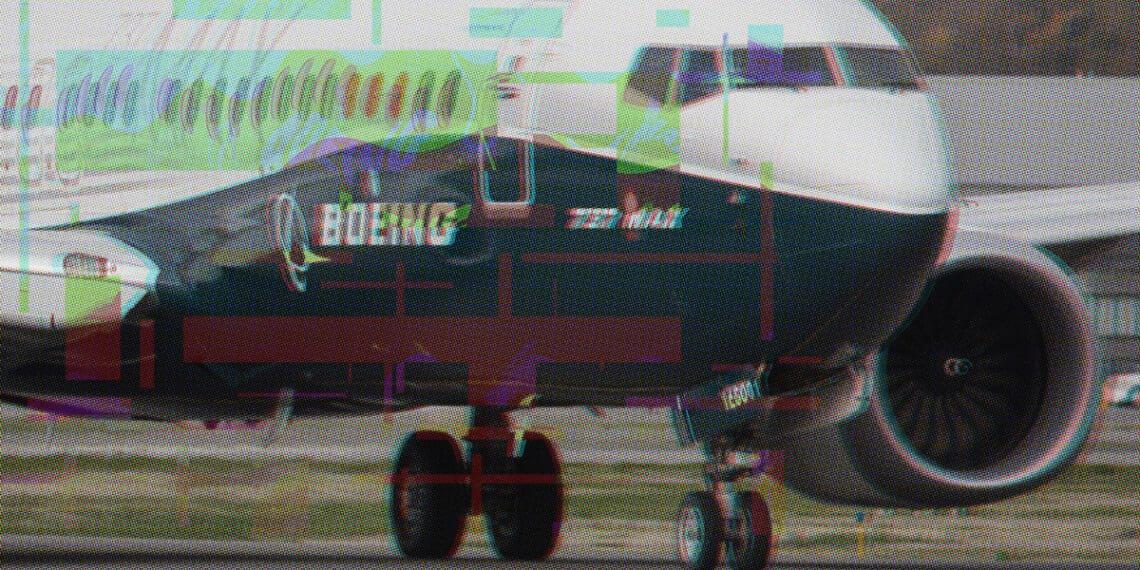A collaborative program between federal regulators and the airline industry aims to encourage employees to report safety issues without fear of repercussions. But as Tyler Conklin of Adams & Reese explores, the ASAP program does not provide blanket immunity in all cases.
Industry leaders and regulators agree that adhering to rigorous safety standards is crucial for maintaining public confidence and ensuring that the U.S. has one of the safest and most efficient aerospace systems in the world. With approximately 45,000 flights departing daily in the United States, a proactive approach to incident reporting and prevention is essential to identifying and mitigating precursors for potential events and providing meaningful inputs into safety management processes.
Although nonpunitive reporting of safety matters is essential and the Federal Aviation Administration (FAA) has created formal programs to encourage voluntary reporting, questions frequently arise over whether or to what extent an employee who submits a voluntary report will be protected from enforcement action by the FAA or discipline by their employer. Despite considerable rhetoric brought to bear over such questions, a voluntary safety report does not amount to a universal “get out of jail free” card that in every instance shields the reporter from punishment.
The FAA established the Aviation Safety Action Program (ASAP), a collaborative voluntary safety program administered jointly by the agency, eligible employers like airlines and repair stations and their respective unions or employee representatives. The goal of ASAP is to enhance aviation safety through the prevention of incidents by encouraging employees to make voluntary disclosures of safety events, including matters involving apparent regulatory violations.
These voluntary disclosures are closely reviewed and used to develop remedial measures and refocus training requirements as necessary, ensuring that participants maintain the most up-to-date safety measures and procedures.
To create incentives for the voluntary reporting of safety events, ASAP places limitations on the use of information collected in the reports. Fundamental to the ASAP process is an event review committee (ERC) composed of representatives of the FAA, the employer and the labor union or other employee representative.
The ERC reviews each report and votes on whether to accept it into ASAP. If the ERC votes by consensus to accept the report, the FAA will generally take no action against the reporter if the matter involves an apparent violation of the regulations, and the ERC will typically develop corrective actions to address the event. If the ERC rejects the report, thereby excluding it from ASAP, the reporter could be subject to FAA enforcement action.
A Call to the DOJ: Think Big & Go Big on Boeing Monitorship
Boeing, one of the world’s largest aerospace companies, has reached an agreement with the DOJ to plead guilty to a felony charge and hire a compliance monitor. Attorney and podcaster Tom Fox urges the government to think big on Boeing’s monitorship.
Read moreDetailsAs a practical matter, in order to encourage reporting, employers typically do not take disciplinary action over incidents described in reports accepted by the ERC. Limitations on enforcement action and discipline are not absolute, however. In particular, ASAP does not preclude a participating employer from taking adverse action against an individual who files a report if the report is not the sole source of the incident at issue, i.e., where evidence of an event that could be the basis for discipline is not based solely on the ASAP report.
Reports that must be excluded from ASAP include those involving the so-called “Big Five” — criminal activity, substance abuse, controlled substances, alcohol or intentional falsification — intentional or reckless conduct and events occurring outside the scope of employment. So seriously does the FAA take events involving the Big Five that, where voluntary reports of such events are excluded from ASAP, the agency may use the contents of such reports as evidence in an enforcement action. In contrast, the FAA will not use the contents of reports excluded for reasons other than the Big Five in enforcement actions, although it may use its knowledge of the event learned through the ASAP report to prompt an independent investigation of apparent violations.
An ASAP report is considered not sole-source when evidence of an apparent violation exists that is not discovered “pursuant to, or otherwise predicated on, an ASAP report (e.g., whistleblower/hotline complaints, reports from air traffic control (ATC) involving airspace deviations, incident reports and accident reports).”
FAA policy recognizes that, regardless of whether the ASAP report has been accepted by the ERC, participating members still retain investigative and disciplinary authority, provided that the basis for the participants’ exercise of disciplinary authority is not solely reliant on the disclosure. This principle is expressly stated by FAA in its ASAP advisory circular:
“Except as otherwise provided … no portion of the written ASAP report, including an ERC investigation or interview(s) concerning a reported event, is used to initiate or support company discipline or FAA enforcement action. This policy applies regardless of whether the ERC accepts or excludes the report. The company retains its authority to take disciplinary action based on information of an event independently obtained by the company (i.e., information not based or otherwise predicated upon the content of an employee’s ASAP report).” [emphasis added]
This principle was emphasized by the FAA to apply even in situations where a disclosure was accepted by the ERC in a FAQ that accompanied an earlier revision to the ASAP advisory circular and reiterated in a chief counsel opinion letter in 2015:
“ASAP reports of events that are known to the company (i.e., knowledge of the event by the company that is not based upon information discovered by, or otherwise predicated upon, the employee’s ASAP report) are considered non-sole-source to the company. Nothing in FAA ASAP policy impacts or otherwise modifies a company’s right to follow its standard disciplinary process based on information obtained by the company entirely outside of, and not predicated upon, information in an accepted ASAP report.”
Although this principle can be modified through individual agreements between the participants and their respective unions, it is clear from the FAA’s comments that, except for sole-source disclosures, participating employers maintain full discretion to investigate and take adverse action in line with their corporate policies and other internal agreements. The integrity of the program relies, in part, on the integrity of the reporter, which is why ASAP includes such strong protections, but those protections do not, and were not intended to, allow reporters to hide under a blanket of absolute immunity in all cases.
This article was first published at Adams and Reese.com; it is republished here with permission.




 Tyler Conklin is a member of the Adams & Reese aviation and aerospace team within the law firm’s intersection of business and government practice in the firm’s Washington, D.C. office. She has substantial experience providing comprehensive legal advice on compliance, risk management and strategy across diverse aspects of aviation business and operations. Tyler is experienced in risk analysis, contract negotiation, sophisticated internal investigations, legal compliance, HR and legal policy creation, disciplinary actions and union relations.
Tyler Conklin is a member of the Adams & Reese aviation and aerospace team within the law firm’s intersection of business and government practice in the firm’s Washington, D.C. office. She has substantial experience providing comprehensive legal advice on compliance, risk management and strategy across diverse aspects of aviation business and operations. Tyler is experienced in risk analysis, contract negotiation, sophisticated internal investigations, legal compliance, HR and legal policy creation, disciplinary actions and union relations. 









